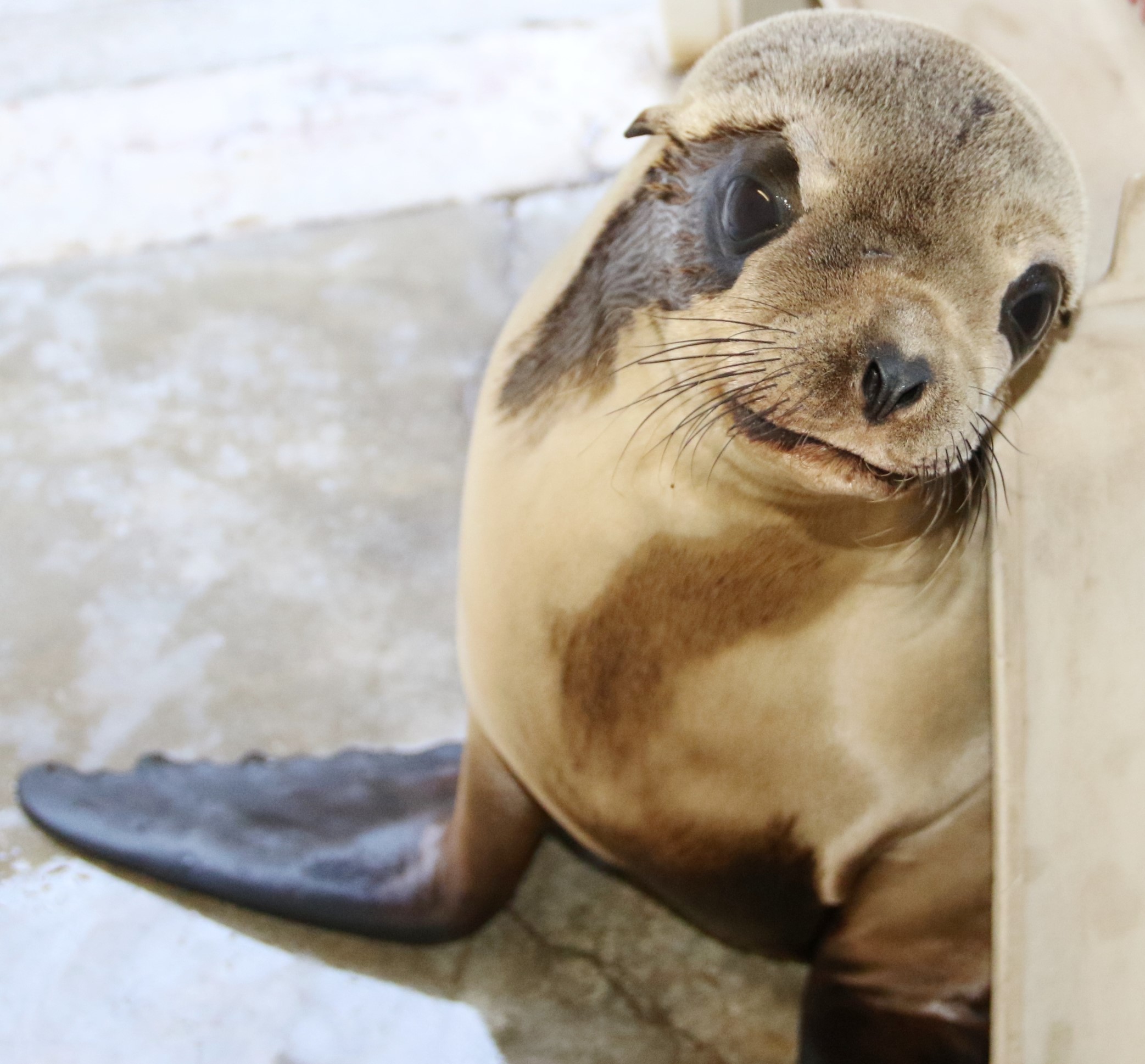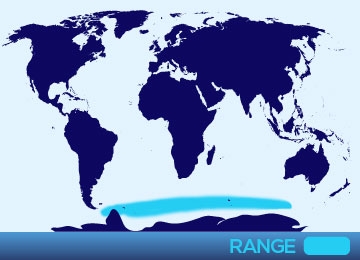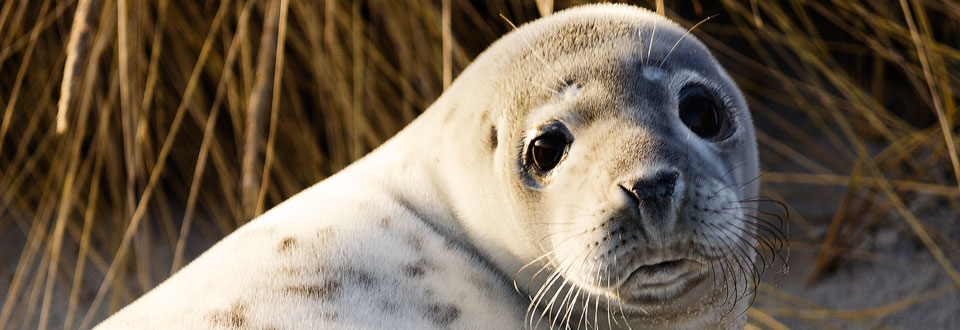
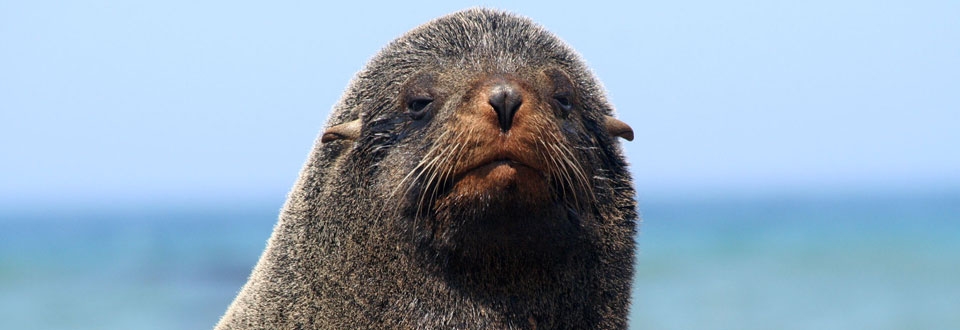
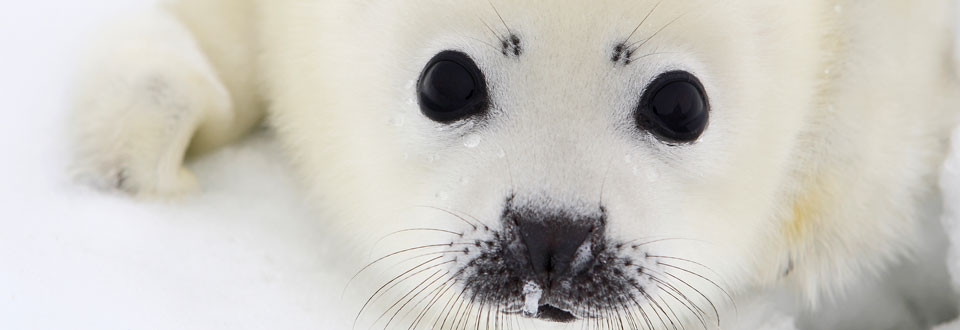
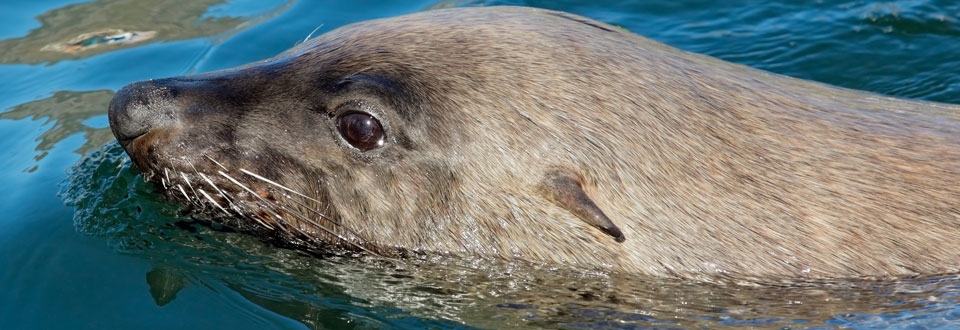
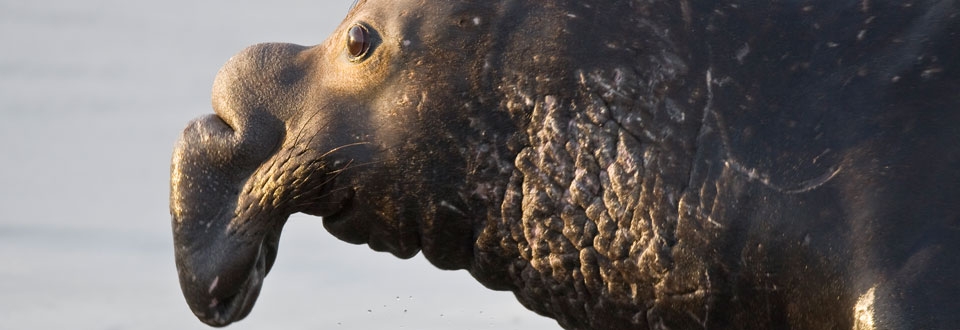
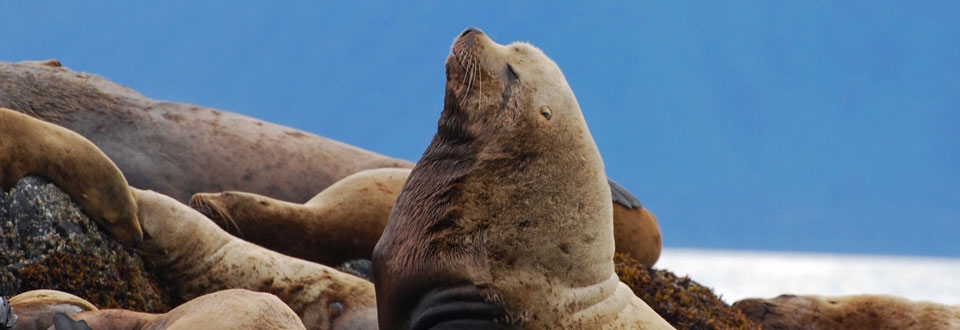
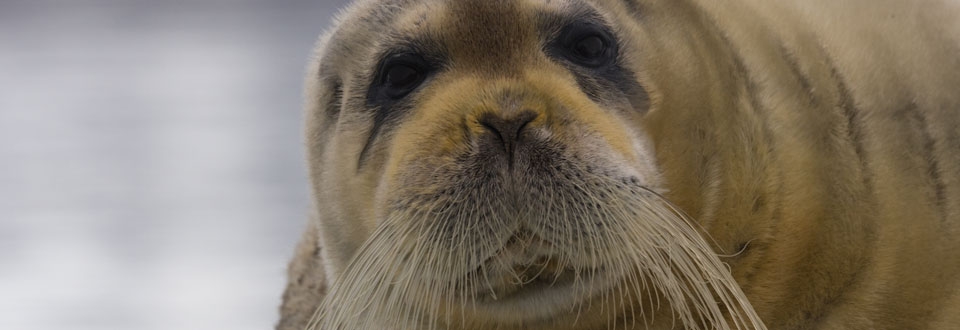
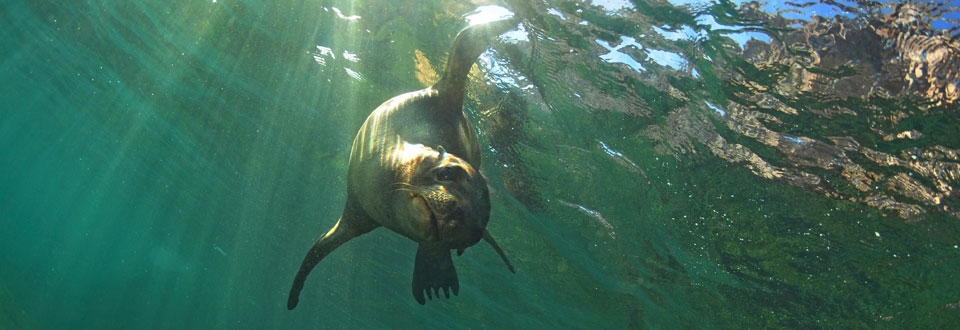
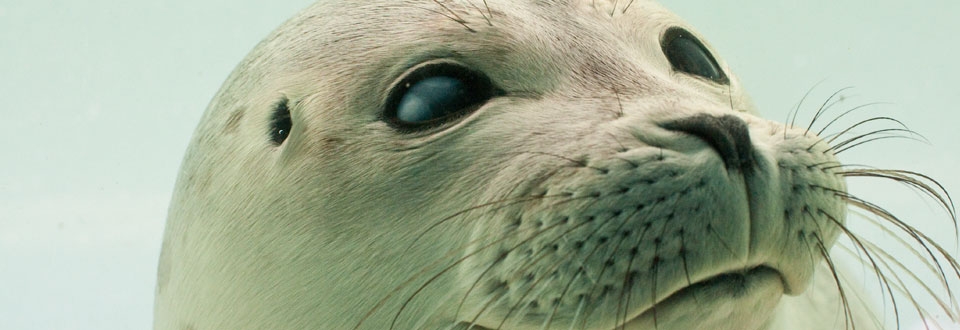
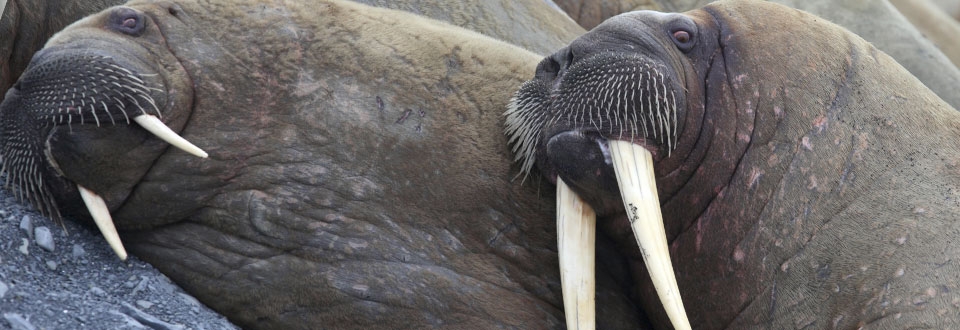
Pinniped Species
All
x
- – No known individuals remaining.
- – Known only to survive in captivity, or as a naturalized population outside its historic range.
- – Extremely high risk of extinction in the wild.
- – High risk of extinction in the wild.
- – High risk of endangerment in the wild.
- – Likely to become endangered in the near future.
- – Lowest risk. Does not qualify for a higher risk category. Widespread and abundant taxa are included in this category.
- – Not enough data to make an assessment of its risk of extinction.
- – Has not yet been evaluated against the criteria.
Antarctic Fur Seal
- – No known individuals remaining.
- – Known only to survive in captivity, or as a naturalized population outside its historic range.
- – Extremely high risk of extinction in the wild.
- – High risk of extinction in the wild.
- – High risk of endangerment in the wild.
- – Likely to become endangered in the near future.
- – Lowest risk. Does not qualify for a higher risk category. Widespread and abundant taxa are included in this category.
- – Not enough data to make an assessment of its risk of extinction.
- – Has not yet been evaluated against the criteria.
Males – 5 to 6 ½ ft
Females – 3 to 5 ft
Males – 190 lbs to 480 lbs
Females – 55 lbs to 155 lbs
Antarctic fur seals can be found in the Antarctic and Subantarctic waters. Over 95% of the species breed near the coast of South Georgia. They are also found on several southern islands. Wandering individuals have been found as far north as Brazil and the Juan Fernández Islands external link.
Pups have a silvery-grey coat that turns grey-brown to a dark ginger color. Adult females and juveniles usually have a creamy colored front. Antarctic fur seals have the longest vibrissae of all pinnipeds.
Krill, a wide assortment of fish, squid, birds and occasionally penguins.
The breeding range for Antarctic fur seals is restricted mainly to seasonally ice-free islands.
Males and females both reach sexual maturity at 3-4 years but males do not usually attain territorial status until about 6-10 years. The Antarctic fur seals’ breeding season occurs from November to January, roughly 6-8 days after giving birth.
In the 18th and 19th centuries, Antarctic fur seals were almost forced into extinction due to hunting that continued until 1907. The species is currently protected by the Antarctic Treaty, the Convention for the Conservation of Antarctic Seals and the legislation of various countries. While populations have been steadily increasing since becoming protected, the threat of entanglement is always present. One suspected concern for Antarctic fur seals is the risk of a depleting food source due to an increase in krill fisheries.
Besides being referred to as an Antarctic fur seal, these animals are also known as Kerguelen fur seals after one of the many islands where they reside.




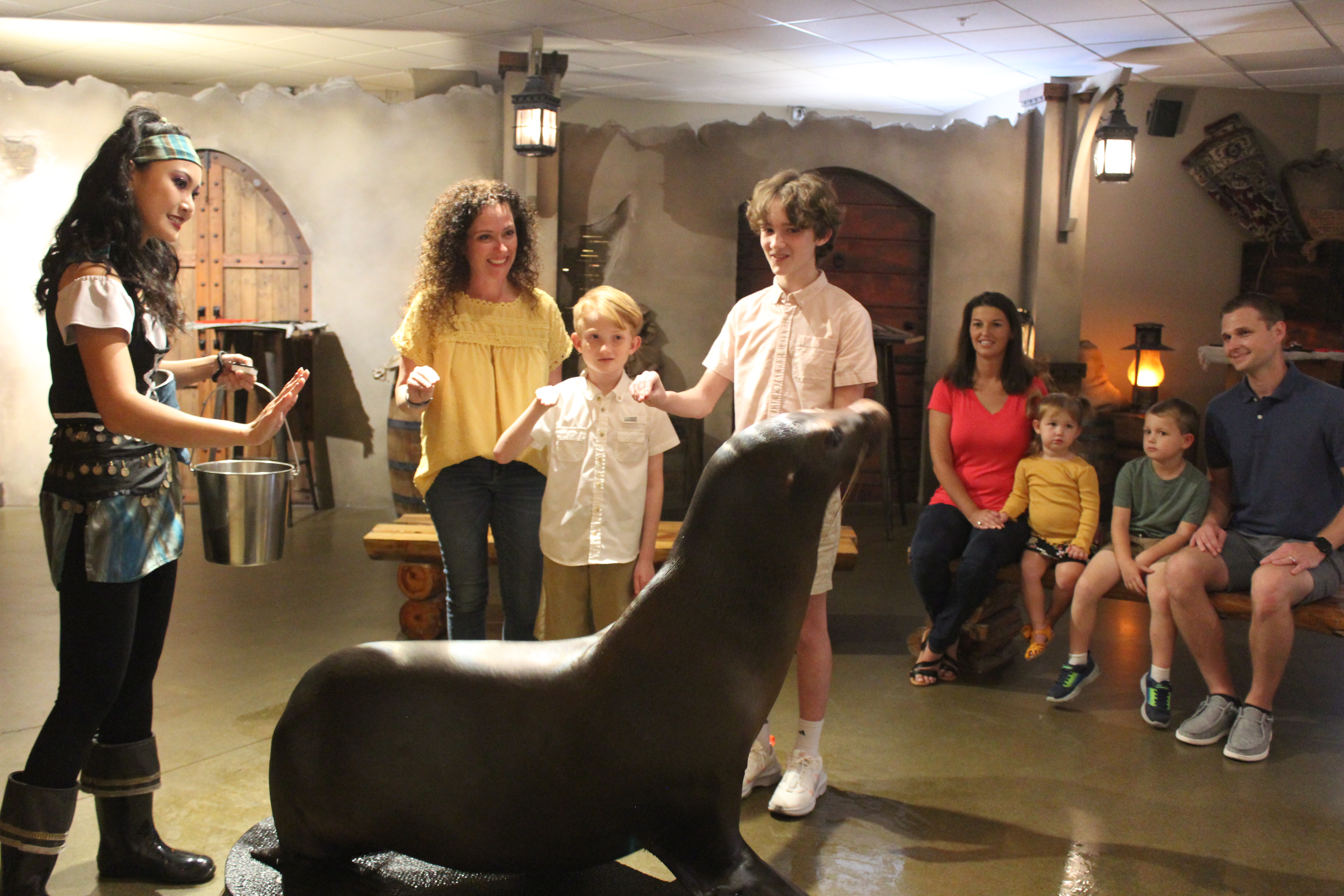 Animal Encounter
Animal Encounter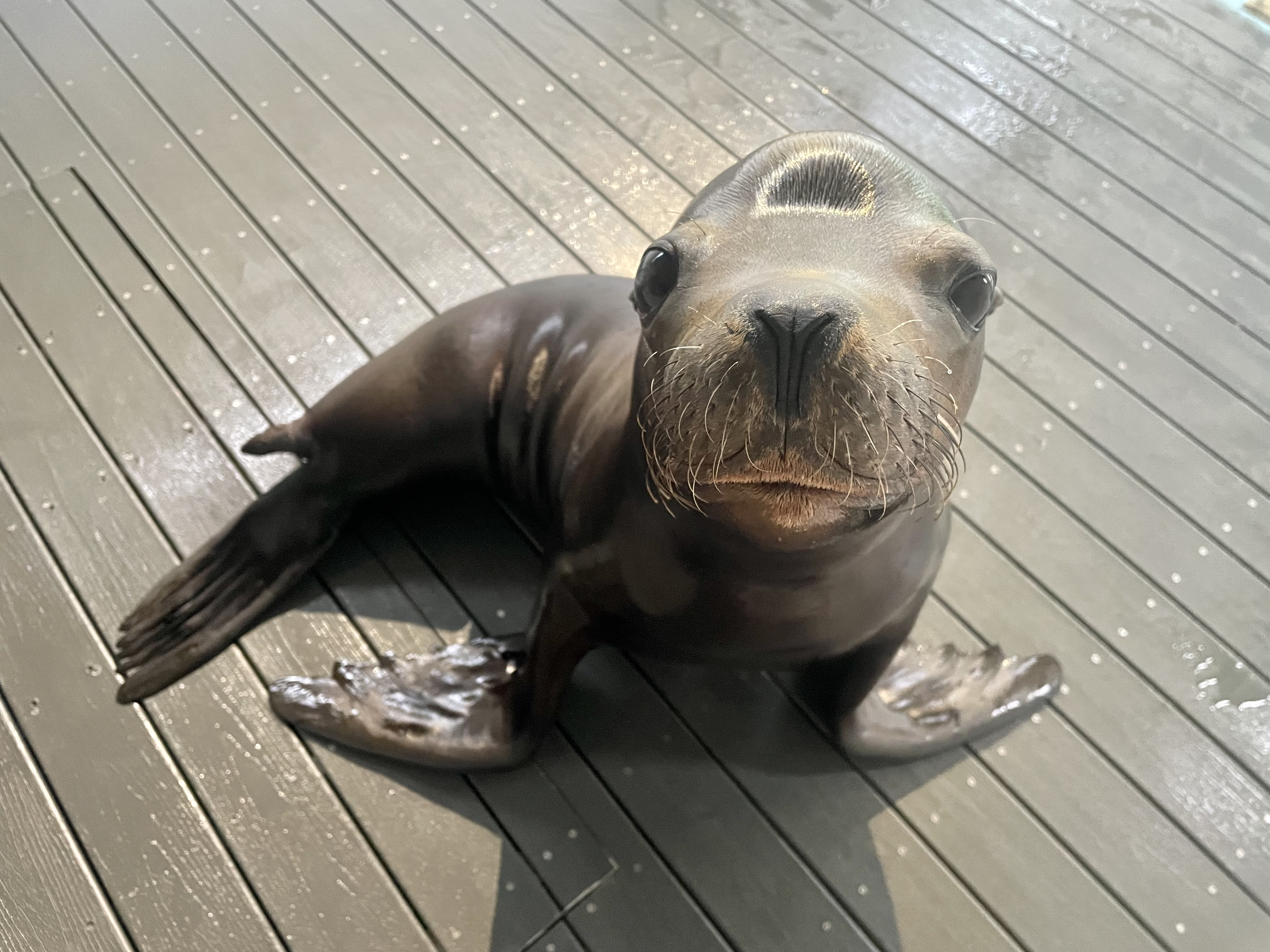 Our Locations
Our Locations
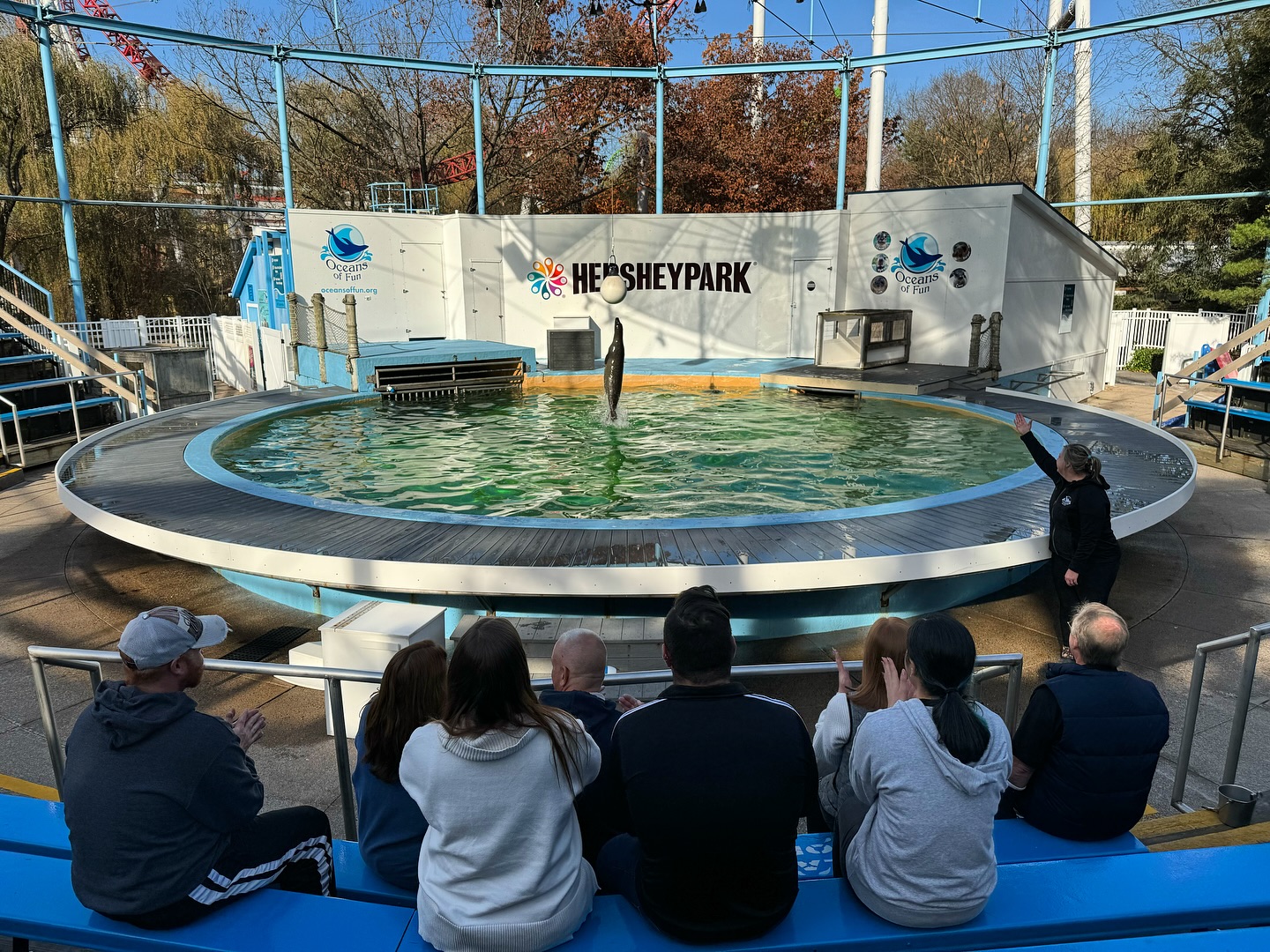 Family Fun
Family Fun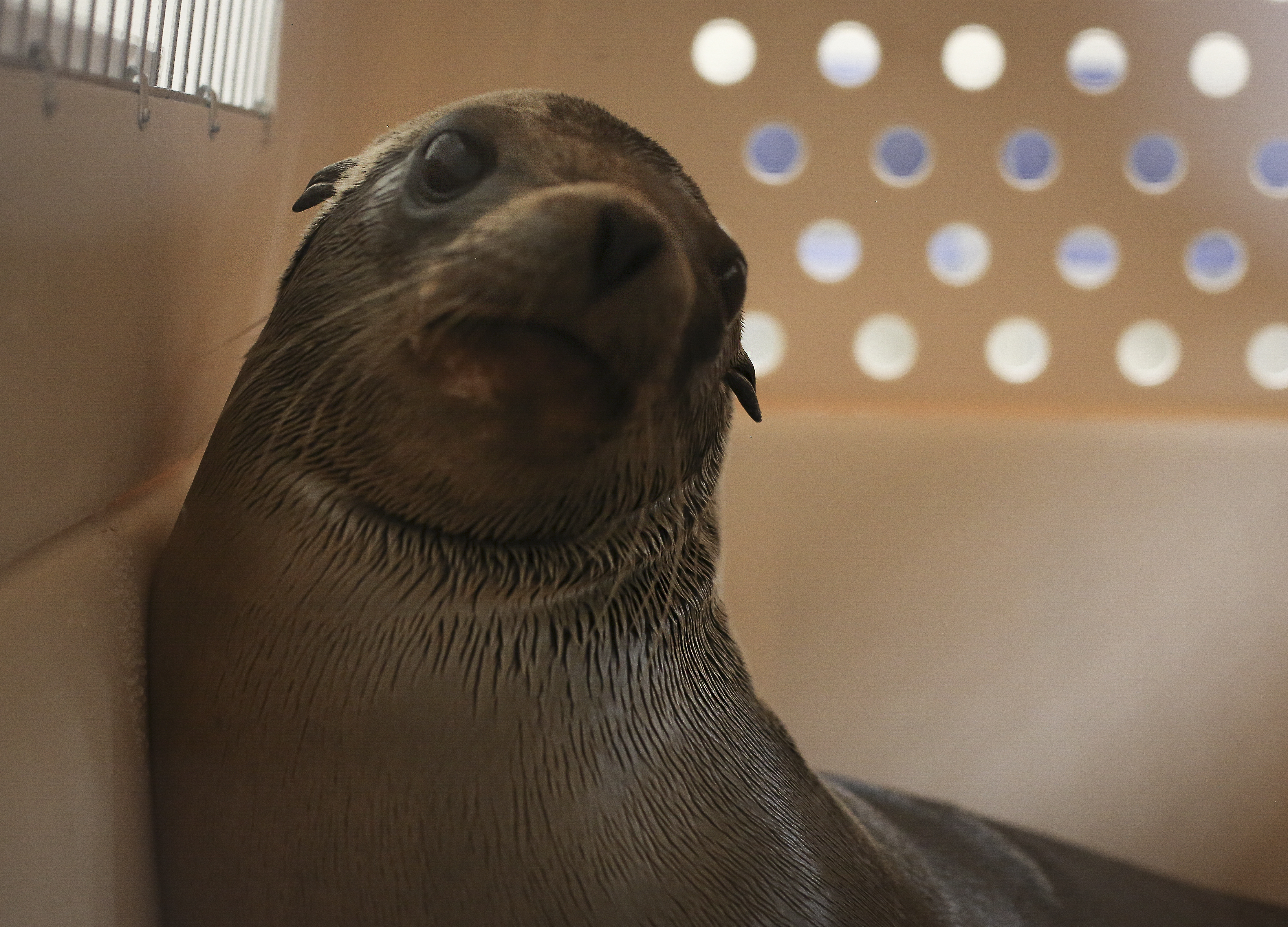
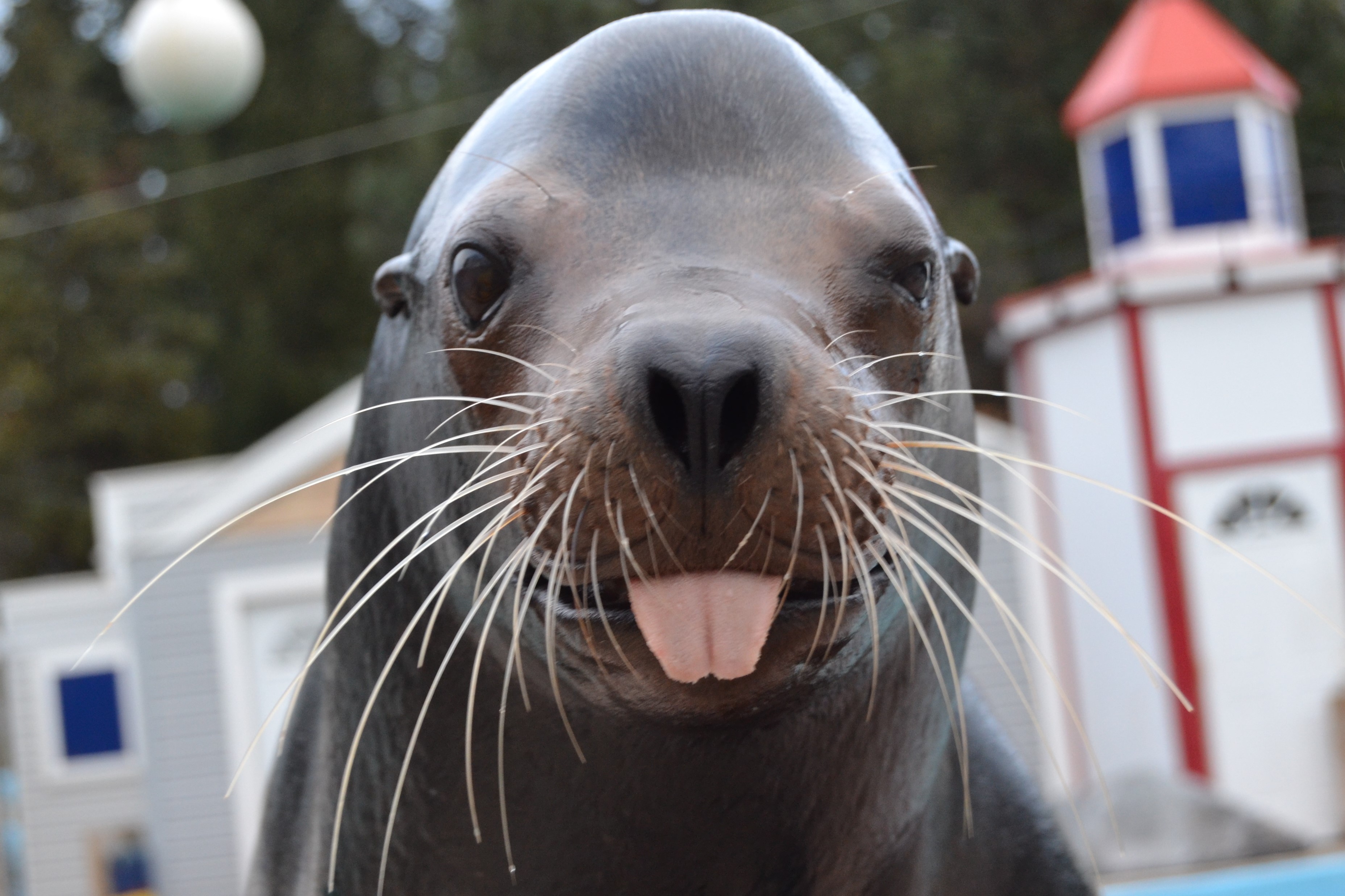
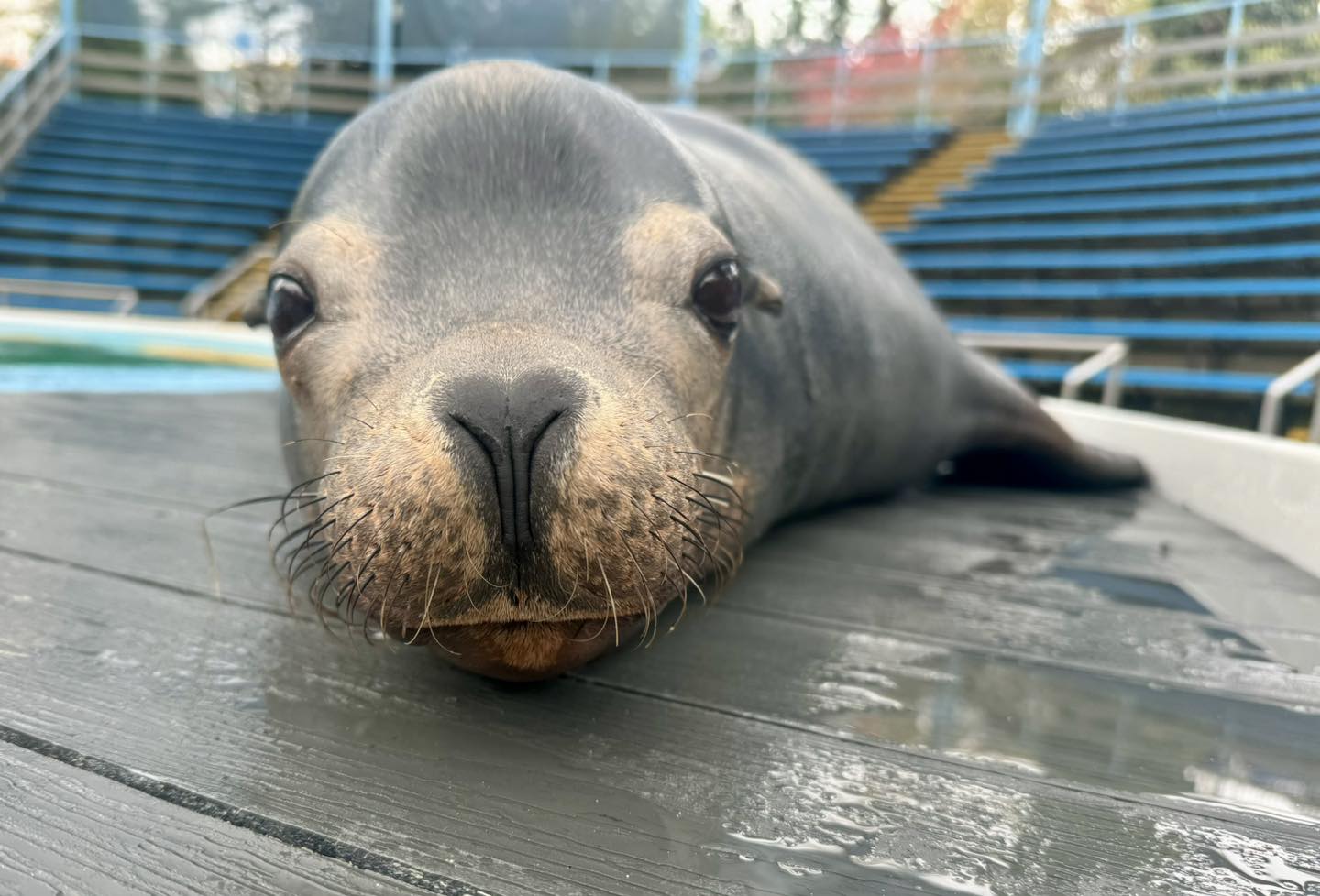 Meet Ripley!
Meet Ripley!

